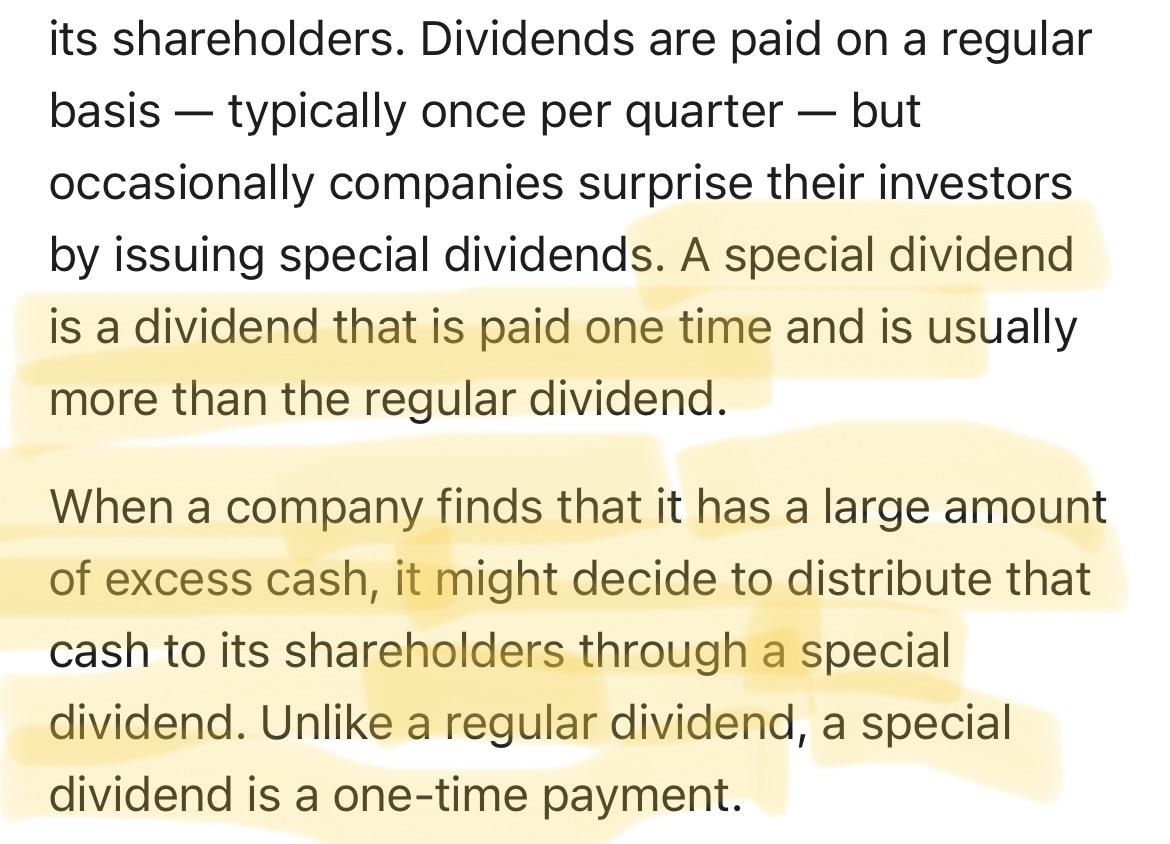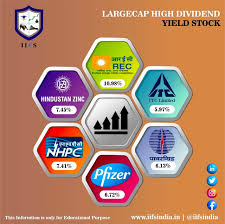
In this article, we will discuss why trading on margin is a risky strategy, and how you can avoid the risks associated with it. Trading on margin requires very little capital investment. It does not come with a transaction fee or cost. There is also no fee or deposit required to use margin. It is crucial to choose the appropriate leverage for your level of expertise. This article explains the differences between different types.
Margin trading is a risky strategy
Margin trading comes with its own advantages and disadvantages. The forex market is always in flux. Currency values can be affected by geopolitical tensions and central bank policy changes. There are different margin requirements depending on the region. However, most popular currency pairs have a minimum of 3.3%. To place a $50,000 buy order, a trader would need $3,300. Your broker will determine your margin requirements so it is important to be familiar with them before you trade.

It requires a small amount of capital
Forex margin is also known as leverage, which allows you to trade with very little capital. This type of trading enables you to take larger positions with a small amount of capital. This feature is crucial for Forex trading, especially if your trading skills are limited. Leverage, which is a popular strategy in Forex trading, allows traders to take on greater risks and make larger profits.
It isn't a transaction fee or a charge for registering.
You may have heard that Forex margin is a fee or transaction cost, but that is not necessarily true. Margin is a percentage you have to deposit in your account before you can keep an open position. The size of the trade will determine how much you need to deposit, which can increase temporarily during periods of high volatility, such as the lead up to economic data releases. Although this deposit is not a fee or transaction charge, it is required for trading activity.
It is not an investment.
Forex margin is often misunderstood. Essentially, this is a good faith deposit required to open a new position. The broker will usually tell you the amount as a percentage. Traders shouldn't deposit more than they can manage. Stock dealers trading on margins led to the 1929 stock crash. While the 1929 stock market crash may not be an ideal example of how to properly handle Forex margins, it is a necessary part of the forex trading process.

It is not borrowed money
Forex margin can be used to borrow money but you should be aware of the potential risk. The margin requirements vary from currency pair to currency pair. The best rule of thumb is that you use the lowest interest rate for the currency pair in which you are investing. However, even if you're paying the lowest possible interest rate, the carry payment will still be less than you expect. There are exceptions. Margin borrowing should be avoided if you're an experienced trader who is comfortable taking high-risk risks.
FAQ
How are shares prices determined?
Investors are seeking a return of their investment and set the share prices. They want to make profits from the company. So they purchase shares at a set price. Investors make more profit if the share price rises. Investors lose money if the share price drops.
Investors are motivated to make as much as possible. This is why they invest into companies. It helps them to earn lots of money.
What are some of the benefits of investing with a mutual-fund?
-
Low cost – buying shares directly from companies is costly. Buying shares through a mutual fund is cheaper.
-
Diversification - Most mutual funds include a range of securities. One type of security will lose value while others will increase in value.
-
Professional management - professional managers make sure that the fund invests only in those securities that are appropriate for its objectives.
-
Liquidity: Mutual funds allow you to have instant access cash. You can withdraw the money whenever and wherever you want.
-
Tax efficiency: Mutual funds are tax-efficient. You don't need to worry about capital gains and losses until you sell your shares.
-
Buy and sell of shares are free from transaction costs.
-
Mutual funds are simple to use. All you need is money and a bank card.
-
Flexibility – You can make changes to your holdings whenever you like without paying any additional fees.
-
Access to information – You can access the fund's activities and monitor its performance.
-
Investment advice – you can ask questions to the fund manager and get their answers.
-
Security - you know exactly what kind of security you are holding.
-
You have control - you can influence the fund's investment decisions.
-
Portfolio tracking - you can track the performance of your portfolio over time.
-
Easy withdrawal - it is easy to withdraw funds.
There are some disadvantages to investing in mutual funds
-
Limited investment options - Not all possible investment opportunities are available in a mutual fund.
-
High expense ratio - Brokerage charges, administrative fees and operating expenses are some of the costs associated with owning shares in a mutual fund. These expenses can reduce your return.
-
Insufficient liquidity - Many mutual funds don't accept deposits. They must only be purchased in cash. This limits the amount of money you can invest.
-
Poor customer support - customers cannot complain to a single person about issues with mutual funds. Instead, you need to contact the fund's brokers, salespeople, and administrators.
-
Ridiculous - If the fund is insolvent, you may lose everything.
How does inflation affect stock markets?
Inflation can affect the stock market because investors have to pay more dollars each year for goods or services. As prices rise, stocks fall. It is important that you always purchase shares when they are at their lowest price.
How can I invest in stock market?
You can buy or sell securities through brokers. A broker can sell or buy securities for you. Brokerage commissions are charged when you trade securities.
Brokers often charge higher fees than banks. Banks often offer better rates because they don't make their money selling securities.
A bank account or broker is required to open an account if you are interested in investing in stocks.
If you use a broker, he will tell you how much it costs to buy or sell securities. This fee will be calculated based on the transaction size.
Ask your broker:
-
Minimum amount required to open a trading account
-
What additional fees might apply if your position is closed before expiration?
-
what happens if you lose more than $5,000 in one day
-
How long can you hold positions while not paying taxes?
-
How much you are allowed to borrow against your portfolio
-
Whether you are able to transfer funds between accounts
-
How long it takes to settle transactions
-
The best way to sell or buy securities
-
how to avoid fraud
-
How to get help if needed
-
How you can stop trading at anytime
-
What trades must you report to the government
-
Whether you are required to file reports with SEC
-
Do you have to keep records about your transactions?
-
How do you register with the SEC?
-
What is registration?
-
What does it mean for me?
-
Who is required to be registered
-
What time do I need register?
What is a REIT?
A real estate investment trust (REIT) is an entity that owns income-producing properties such as apartment buildings, shopping centers, office buildings, hotels, industrial parks, etc. These companies are publicly traded and pay dividends to shareholders, instead of paying corporate tax.
They are similar to a corporation, except that they only own property rather than manufacturing goods.
What is the difference in marketable and non-marketable securities
The key differences between the two are that non-marketable security have lower liquidity, lower trading volumes and higher transaction fees. Marketable securities can be traded on exchanges. They have more liquidity and trade volume. Because they trade 24/7, they offer better price discovery and liquidity. There are exceptions to this rule. There are exceptions to this rule, such as mutual funds that are only available for institutional investors and do not trade on public exchanges.
Non-marketable securities tend to be riskier than marketable ones. They are generally lower yielding and require higher initial capital deposits. Marketable securities tend to be safer and easier than non-marketable securities.
For example, a bond issued in large numbers is more likely to be repaid than a bond issued in small quantities. Because the former has a stronger balance sheet than the latter, the chances of the latter being repaid are higher.
Because they can make higher portfolio returns, investment companies prefer to hold marketable securities.
Statistics
- US resident who opens a new IBKR Pro individual or joint account receives a 0.25% rate reduction on margin loans. (nerdwallet.com)
- Even if you find talent for trading stocks, allocating more than 10% of your portfolio to an individual stock can expose your savings to too much volatility. (nerdwallet.com)
- "If all of your money's in one stock, you could potentially lose 50% of it overnight," Moore says. (nerdwallet.com)
- Our focus on Main Street investors reflects the fact that American households own $38 trillion worth of equities, more than 59 percent of the U.S. equity market either directly or indirectly through mutual funds, retirement accounts, and other investments. (sec.gov)
External Links
How To
How to trade in the Stock Market
Stock trading involves the purchase and sale of stocks, bonds, commodities or currencies as well as derivatives. Trading is French for "trading", which means someone who buys or sells. Traders buy and sell securities in order to make money through the difference between what they pay and what they receive. This is the oldest type of financial investment.
There are many ways you can invest in the stock exchange. There are three types that you can invest in the stock market: active, passive, or hybrid. Passive investors watch their investments grow, while actively traded investors look for winning companies to make a profit. Hybrids combine the best of both approaches.
Index funds that track broad indexes such as the Dow Jones Industrial Average or S&P 500 are passive investments. This strategy is extremely popular since it allows you to reap all the benefits of diversification while not having to take on the risk. You can just relax and let your investments do the work.
Active investing is the act of picking companies to invest in and then analyzing their performance. Active investors will look at things such as earnings growth, return on equity, debt ratios, P/E ratio, cash flow, book value, dividend payout, management team, share price history, etc. They decide whether or not they want to invest in shares of the company. They will purchase shares if they believe the company is undervalued and wait for the price to rise. If they feel the company is undervalued, they'll wait for the price to drop before buying stock.
Hybrid investment combines elements of active and passive investing. Hybrid investing is a combination of active and passive investing. You may choose to track multiple stocks in a fund, but you want to also select several companies. This would mean that you would split your portfolio between a passively managed and active fund.